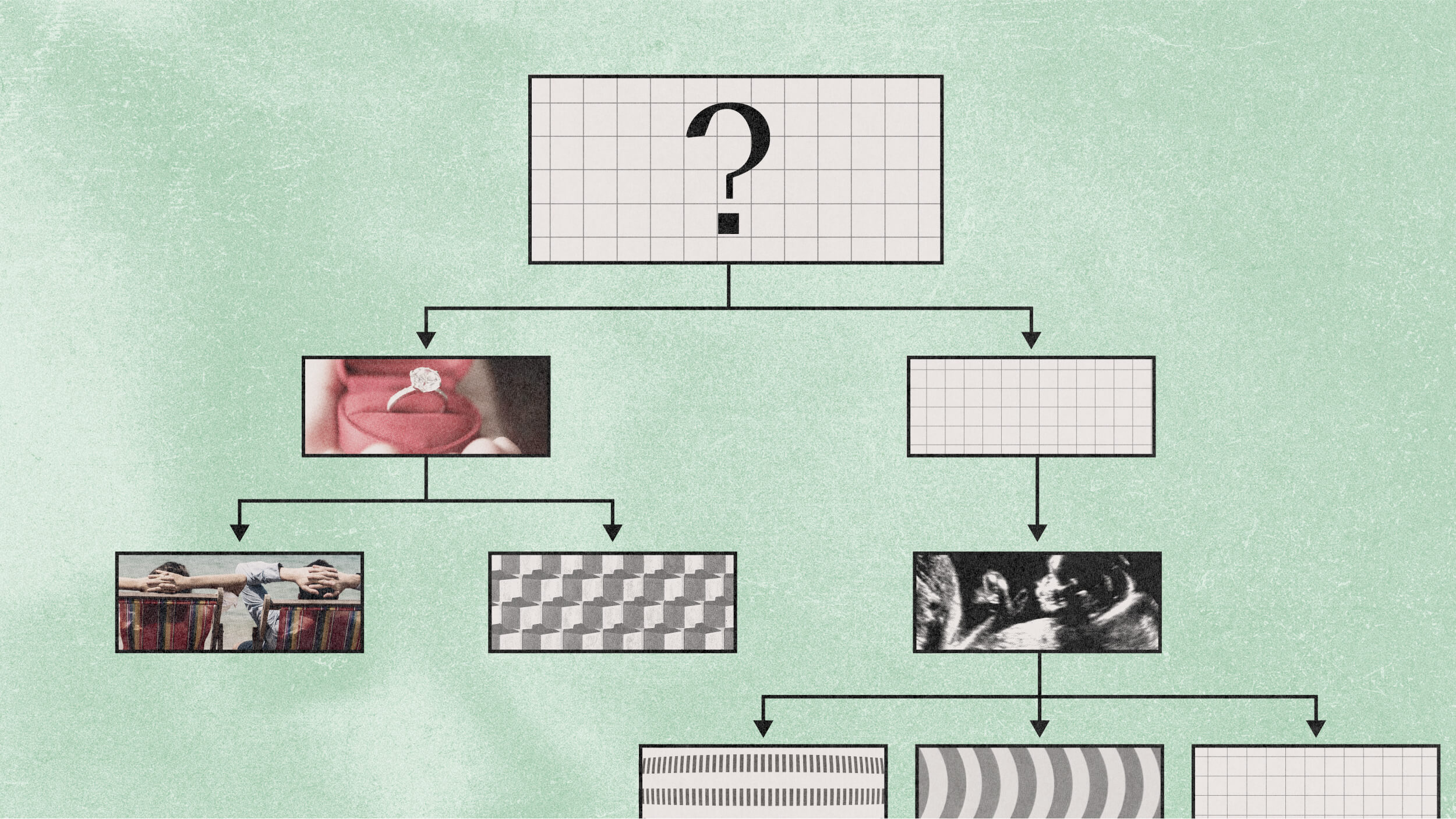Dirty Minds: The Neurobiology of Love

What’s the Big Idea?
There’s a revolution going on in neuroscience, says science writer Kayt Sukel, and it’s happening on two fronts. One way the science is changing: researchers are finally beginning to include both male and female subjects in their studies. Another is epigenetics, a new way of understanding the centuries-old nature versus nurture debate.
Watch Kayt Sukel discuss epigenetics:
Epigeneticists look at the different ways a gene is expressed over an individual organism’s lifetime, rather than the way they’re passed along over an epoch. In the epigenetic framework, your genes are seen as predilections, not as destiny: switches that can be turned off or turned on by your environment, without changing the underlying DNA sequence. For example, some people have a predisposition to get psoriasis, an autoimmune disorder of the skin. But it takes a traumatic physical or emotional event for the disease to actually appear.
What’s the Significance?
We’re not slaves to our biology, and neither are we shaped entirely by our circumstances. Instead, we’re the product of a complex process of interactions between our bodies and environment. So what does that tell us about the neurobiology of love?
“In the studies that have been done thus far, there is a unique signature for passionate love, for attachment, for maternal love, and even for unconditional love,” she says—meaning that these emotions can be traced through functional magnetic imaging. Researchers show subjects a photo of their beloved during an MRI scan, and trace the area of the brain that lights up. But like all biology, the full story is more elaborate, and far more interesting.
It’s possible to measure it that way, but again, we have to go back to that idea of, what are these neuroimaging studies really telling us? Right now, [MRI tracks] oxygen molecules as they move through the brain. And the idea is, the more blood that flows through a particular region, the more it’s being used. So we say that a neuroimaging study tells us this part of the brain is responsible for that. But it’s correlational. We’re now learning that it’s not just an area, it’s how a group of areas work together and how these circuits work together that are more important for particular behaviors.
In other words, if you’re looking for proof, you’re not going to find it. If you’re interested in the discovery, that’s exactly what Kayt will be writing about in her new blog, World in Mind.





